Buying an Espresso or Cappuccino Machine
This is one of those luxury items that every kitchen doesn’t need but if you like cappuccinos and lattes, is great to have around. Years ago before I was married, I dated a young lady who loved to go out for espresso.
…Well next thing you know I own a Krups Deluxe Espresso machine. I must admit when I purchased my first semi-automatic machine I didn’t know how they worked, but I do like my morning decaf lattes and at almost $4 bucks a shot at Starbucks, this thing has already paid for itself many times over. Good thing my wife LOVES lattes too.
I did an interview with Andreanne Hamel and Luc Cloutier who call themselves The Coffee Couple. I learned a lot about preparing a great cup of espresso, the various types of machines available and what to look for when purchasing one. I must admit, I didn’t realize there were so many options available when buying a quality machine.
All About Making Espresso At Home
For the first part of the interview where the Coffee Couple tells me about the many factors that go into preparing espresso, check out All About Espresso. The second part of their interview on choosing the right espresso maker for you is here.
Ok, let’s talk about Espresso Machines. Can you tell us the difference between a stovetop, semi-automatic, super-automatic, and pod machine?
Sure!
Stovetop: This one doesn’t use a pump to bring hot water through the coffee basket. It uses the pressure created by heating the water in the lower chamber. That pressure forces the water to pass through the coffee grounds and the brew is collected in the upper chamber. Stay near the stove to remove the stove top maker as soon as your brewing process is completed.
Semi-automatic: These models use a pump to brew. The pressure is built in a pressurized portafilter or in a pressurized basket, and manual tamping of the coffee grounds is required. When the water reaches the right temperature, a light on the machine will tell you that it’s time to activate the pump.
The pump sucks up the water from the heating chamber and forces it to pass through the group head, through the coffee basket, and down in your cup. They call it semi-automatic because you have to grind the beans, put them in the coffee basket, tamp them, activate the pump, stop the pump at the right time, and dispose of the used coffee grounds. You don’t have any presets, so the only thing that’s automated is the pump.
Super Automatic: These use the same brewing system as the semi-automatic ones but with the advantage that you have to push a button to have your brew. These machines do all the work for you:
- Grind your beans
- Measure the right quantity of coffee
- Tamp
- Automatically activate and shut off the pump
- Discard used coffee in an internal waste bin
You can even program your own settings, for example, you can choose the coarseness of your beans, the tamping pressure and the water quantity that will be used to brew each of your espressos. So you will have your brew exactly how you want it, every time.
Pod: These are a cross-over between the semi-automatic and the super-automatic ones. What really differentiates them is that they are built to brew from pre-ground, pre-packaged pucks of coffee.
So you don’t have to grind, measure or tamp the coffee at all, but when you buy one of these, you have to also buy the pods – or capsules – and that’s a recurring fee that costs much more than buying coffee beans. So you have to take that into account when you choose your machine.
What are the advantages and disadvantages of each?
Stovetop – Advantages: They are portable, very affordable, sturdy, and low maintenance.
Disadvantages: You won’t have crema on top of your espresso. Brewing takes longer than with a pump-driven espresso machine.
Semi Automatic – Advantages: You have control over the quantity of water that goes through the ground coffee beans and control over certain pressure parameters such as the tamping pressure.
Disadvantages: There is a learning curve to be able to achieve an espresso that will satisfy you every time. You will have to test different tamping pressures and the coarseness of the grind but it’s not rocket science. Anybody can achieve it with a little time to learn. Also, cheaper semi-automatics ($200 and less) tend to have a poorly designed portafilter and/or a pump that doesn’t deliver the constant 9 bars of pressure. This lack of constancy could affect the taste because of a poor extraction.
Super Automatic – Advantages: You have control over all the parameters, the grind setting, tamping pressure, and the amount of water and coffee in your espresso, and all these parameters can be stored in the machine so each time you want an espresso you have to recall your settings by pressing one button.
This machine is great for people who like to push a button and get a good espresso. Because you don’t have to handle coffee grounds, your countertop and the area of your espresso machine stays clean at all times, and you don’t end up having coffee grounds everywhere around it.
Disadvantages: These machines are more expensive, obviously because they’re automated.
I have an old semi-automatic Krups espresso machine I bought over 12 years ago. It works fine but should I be trading it in for a new one?
There is no need to buy a new one if you are still satisfied with the taste of your espresso. People evolve and taste evolves as well. So when you taste another espresso, try to compare it with what you make at home. Your taste will tell you if it’s time for you to change for a better machine. It’s more a question of what level of espresso you want to drink.
Are the newer machines that much more efficient? Do they make better espresso?
The stove top hasn’t changed much since 1933: it still makes good espresso. The biggest evolution has come in the form of super-automatic machines and milk-frothing systems. They are more efficient time-wise, but they don’t necessarily make better coffee than what a barista from 1950 could brew.
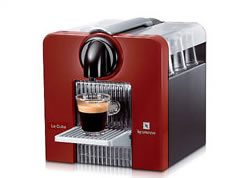
What should I look for when purchasing a new espresso machine? ie output, frother, self-priming, thermostats, pump power, etc?
I am a fan of cappuccino in the morning so if I had to buy a new semi-automatic model, I would like to have a double boiler. The double heating systems allow for brewing espresso and frothing the milk at the same time to quickly make a cappuccino. One boiler takes care of the espresso and the other heating system allows you to produce steam to froth your milk.
The pump should produce a constant 9 bars of pressure. Most pumps produce more than that but won’t necessarily keep it constant. A good pump should be constant.
What about additional features? Are there any we should be looking for?
Some super-automatic models have a special refrigerated container to keep milk in. When you “order” a cappuccino, it will automatically take some milk from the container, froth it and pour it in your cup along with the espresso. That’s a high-grade super-automatic machine.
Just under that, if the model you’re looking at has a manual turbo frother to enhance the quantity of froth and the ease with which you can froth, it’s a bonus.
You could also be looking at machines that can be hooked directly to a water line instead of having to fill a water tank, or you could look at machines with cup-warming plates, and stuff like that.
Some machines also come with a “pod adaptor”, meaning that you can brew from ground coffee or from pods, depending on what you feel like.
What are some of the “keywords” I should be looking for?
“Dual-heating system”, “ESE Pod adaptor”, “crema system”, and “three-way valve” to reduce the mess in the case of a semi-automatic machine.
If you’re into digital displays and electronic interfaces, then definitely look for “digital” in the product description.
What is the difference between a piston and an electric pump machine?
The piston machine is completely manual, the most manual espresso machine ever invented… When the lever is up your piston goes up and lets the water fill the chamber. As soon as the chamber is filled, the person pulls the lever down and the piston forces the water through the coffee grounds. In a pump machine, water is forced through the coffee grounds by a pump activated with electricity instead of muscle.
Is one better than the other?
The piston machine requires much more attention and skill because the person has to decide when the water temperature is just right and when it’s time to pull the lever up. She also has to pull the lever down with the exact right, constant pressure. It takes a lot of practice to achieve the right motion, but a lever (piston) espresso machine looks really good in a kitchen! They’re old-fashion and gorgeous espresso machines.
What Espresso Maker Would I Buy and Where?
There are many brands of espresso makers on the market and they are all pretty good. The more money you spend, the more bells and whistles you will get with your machine.
I personally like the Krups model but that’s because I purchased it over 10 years ago and it is still working great. Some other good-name brands are Ascaso, DeLonghi, Hamilton Beach, Gaggia, Capresso, and KitchenAid.

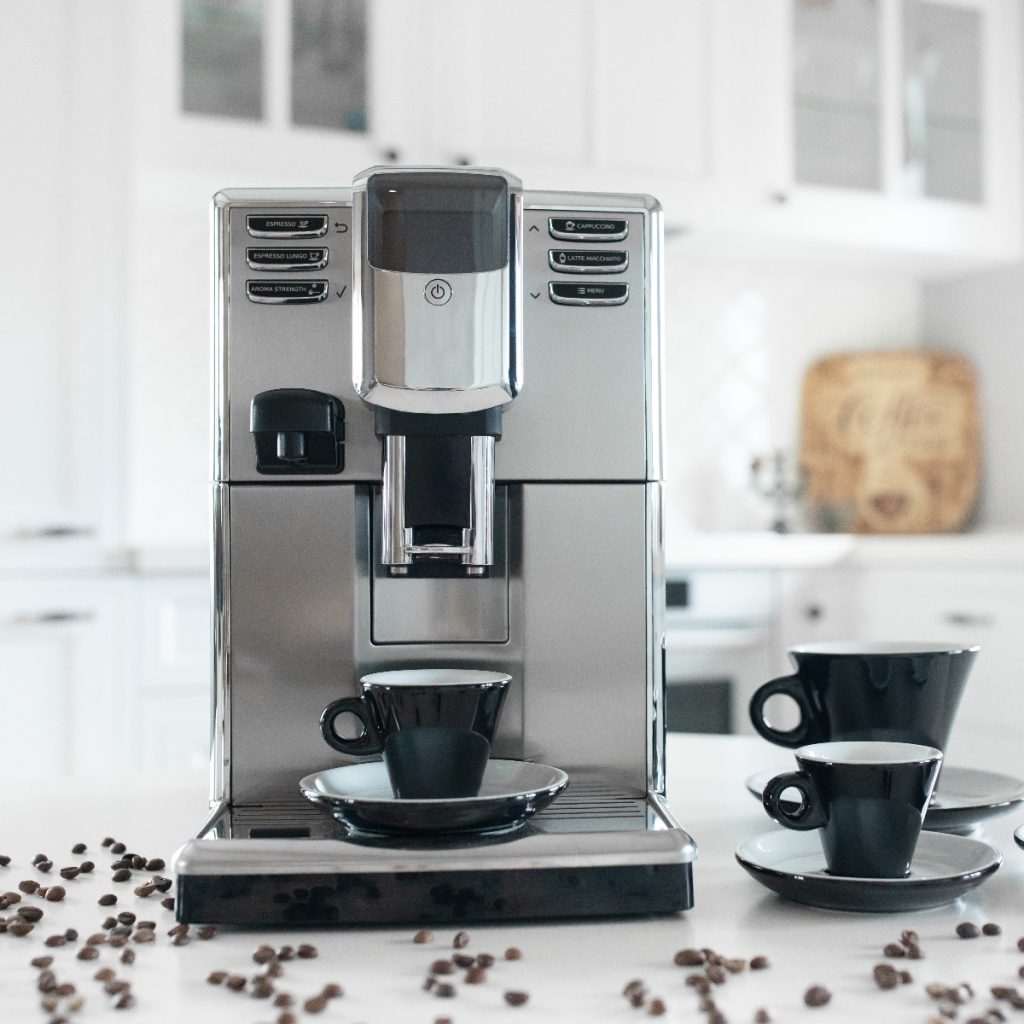
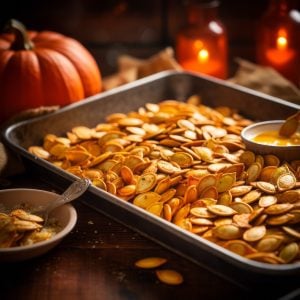
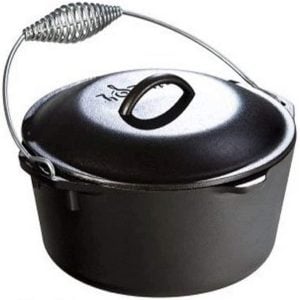
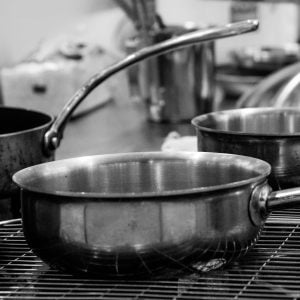
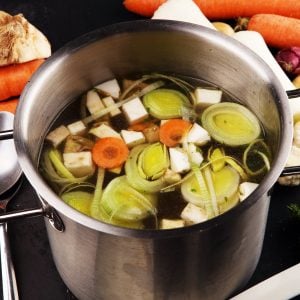
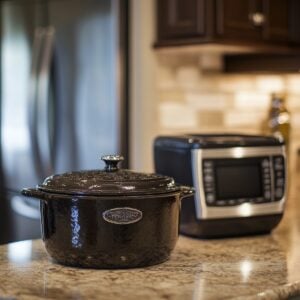
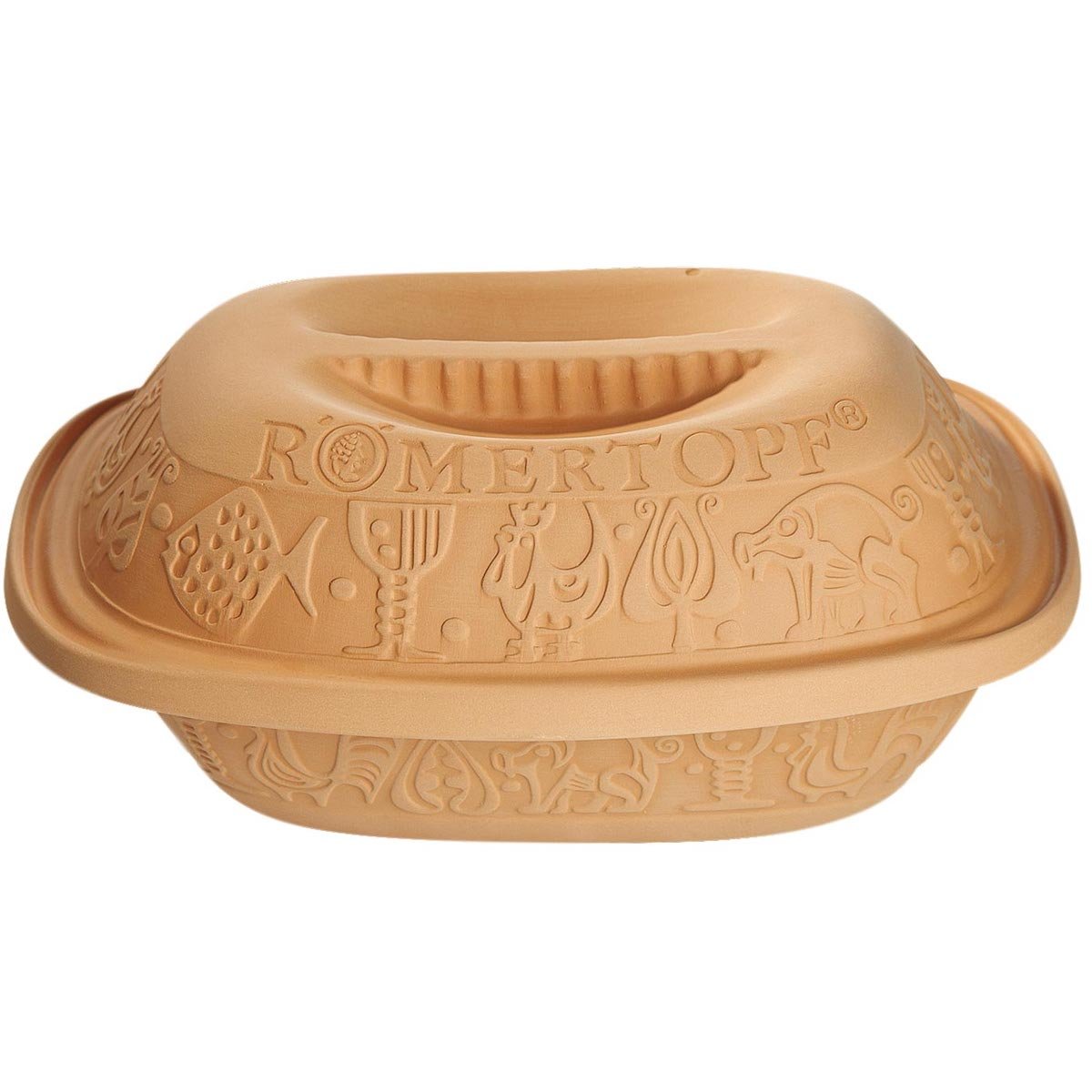
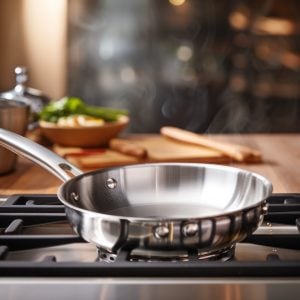

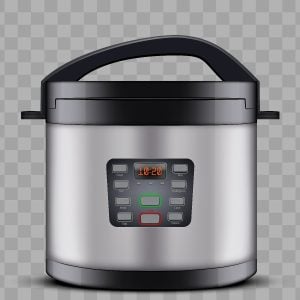


One Response
I would highly disagree with looking for a “crema system” when considering an espresso machine.
This is found on the cheapest units and uses a pressurized portafilter to mimic true crema but does not impart any of that glorious taste associated with a good shot.
If your looking for a good espresso machine with an ESE Pod adapter that can also be used with a regular portafilter you may consider the Faema Carisma.
This is a thermal-syphon unit and features a standard E61 brewgroup (easy to find parts) and a standard vibratory pump (again easy to find parts). Its also available for around $1550 which is CHEAP for a GOOD espresso machine. It may shock those used to $150 Wal-Mart specials but I guarantee you that this one won’t end up in a land fill in a year or two.